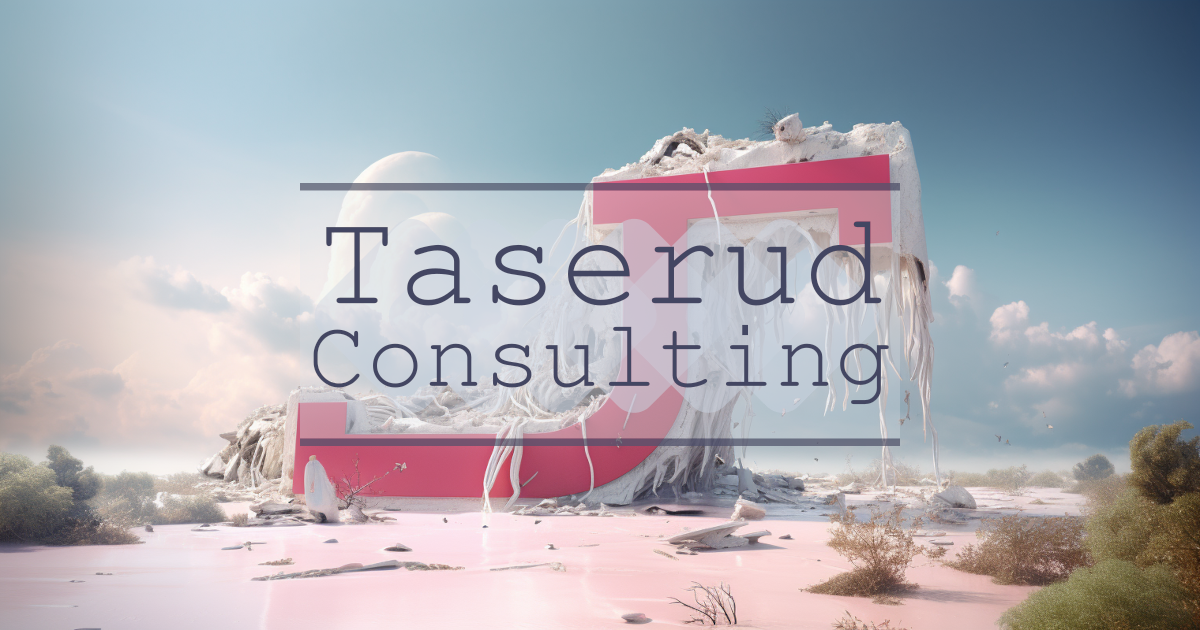Security Series: Branding

Security for businesses and organizations has many facets; it’s not just about technical security, nor is it only about ensuring that all staff are aware of risks related to phishing, social engineering, or having strong passwords.
In this post, we’ll reflect on how to protect your brand on the internet. This is crucial for all organizations and businesses, and it can also hold value for certain individuals, especially those who are public figures in some way.
Contact us if you need help securing your organization, business, or other brand.
Brands should have domain names and websites
It’s essential to have a domain name that matches your brand. There are several reasons for this, and we’ll go through some of the risks we see.
Risk 1: Others can register the domain name
If someone else registers the domain name, they can use it to create a website that appears to be yours. This can be used to deceive customers, spread misinformation, or distribute malicious code.
This can then damage your reputation, or in the worst case, lead to a loss of customers.
Risk 2: Not having a website
Even if you have a domain name, it’s possible that you don’t have a website. This can lead to others registering a similar domain name and creating a website that looks like yours.
This poses risks equivalent to not having a domain name in the first place. Just having a simple website with basic information visible on a search engine can provide basic protection against someone trying to hijack your brand.
Risk 3: Not having an email address
Having a domain name also enables you to have an email address that matches your brand. This can be crucial for establishing a credible communication channel with your customers, suppliers, or other stakeholders.
For example, which looks more professional?
You need to contact Taserud Consulting AB, and you find two different email addresses to reach them at:
- elis@taserud.net
- taserud.consulting@example.com (or gmail.com, hotmail.com, etc.)
I would say the first option looks more professional because it matches the domain name the company uses. This makes that contact much more credible than the other example.
Summary
All these risks mentioned above can be mitigated by having a domain name, a website, and an email address that match your brand.
The website doesn’t even need to be particularly large or advanced; it’s enough to have a simple design with basic information such as:
- name
- logo
- address
- email address
- phone number
- description of activities
Contact us if you need help securing your organization, business, or other brand.

